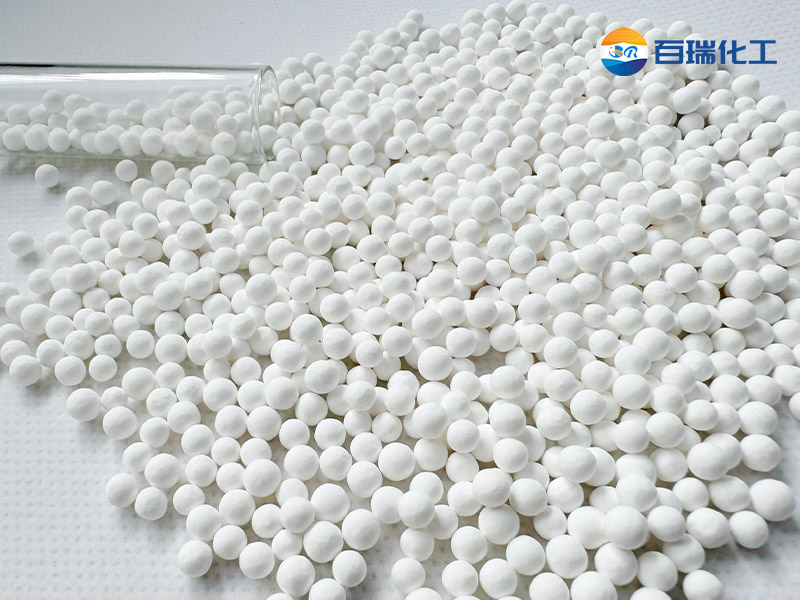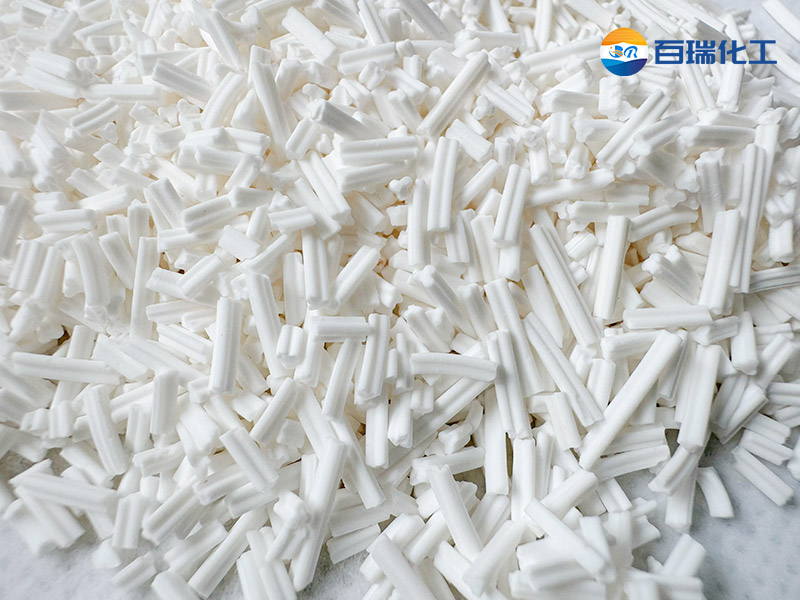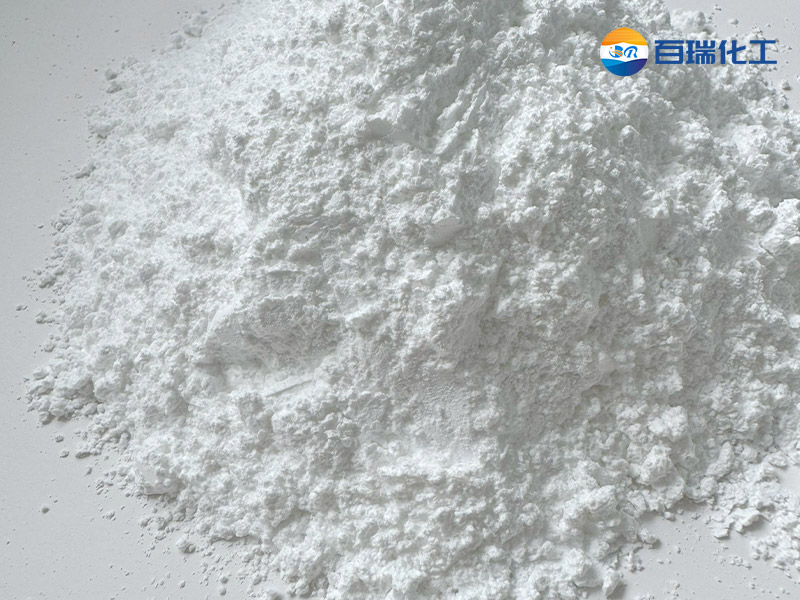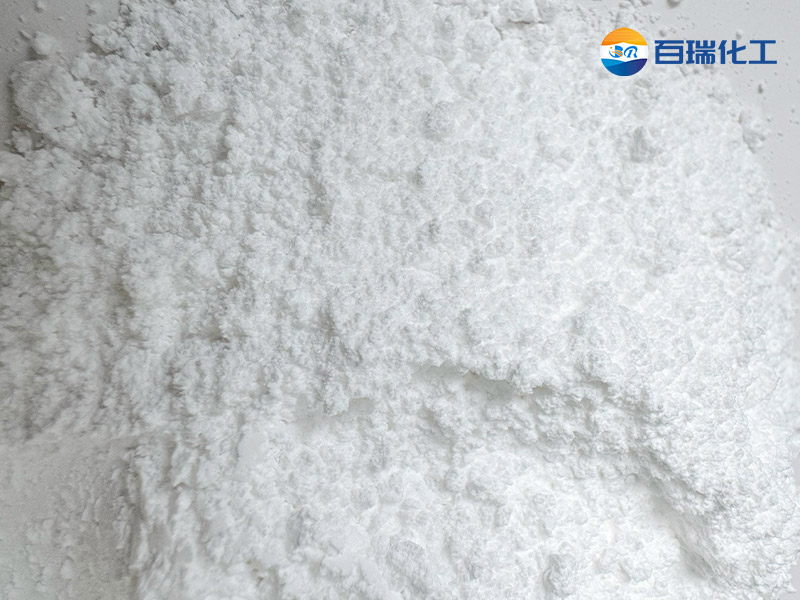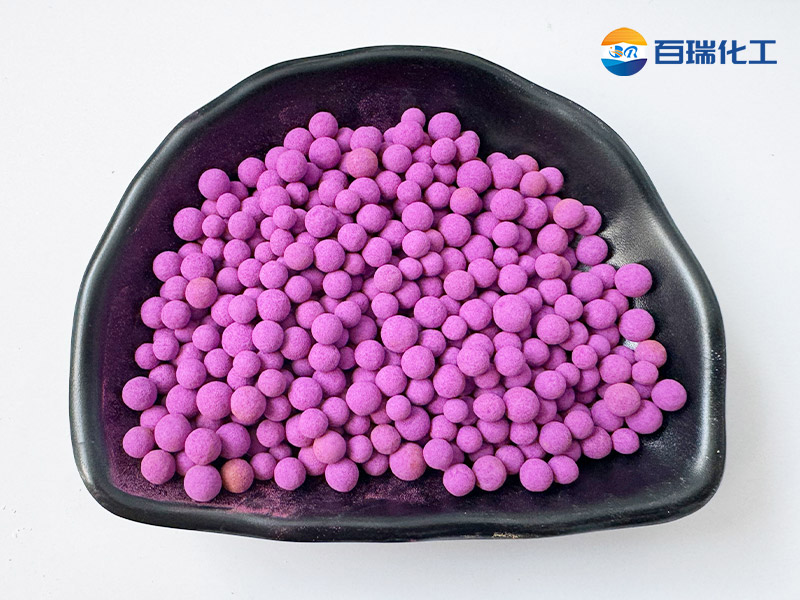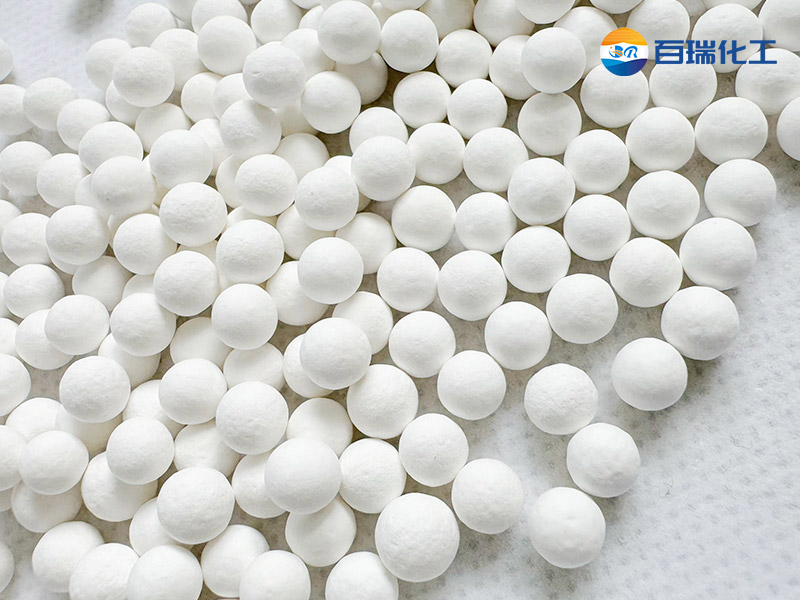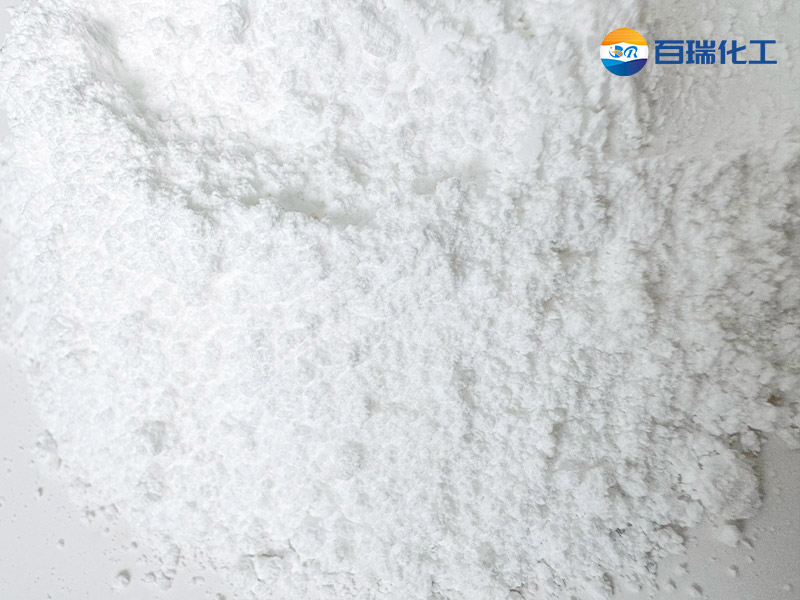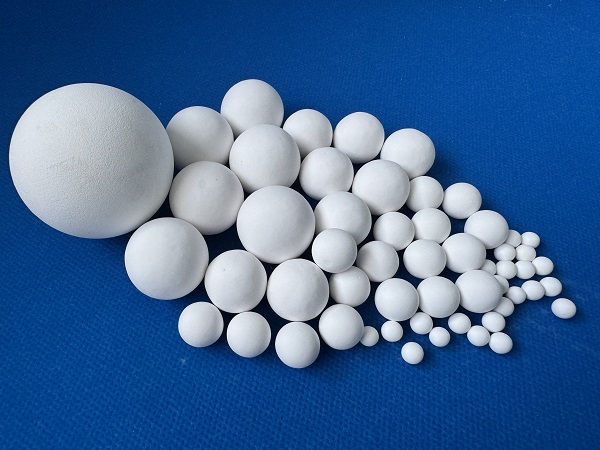High-alumina ceramic balls are a type of ceramic grinding media with aluminum oxide as the main component, which has excellent wear resistance, corrosion resistance and mechanical strength. According to the aluminum oxide content, high-alumina ceramic balls are usually divided into medium-alumina ceramic balls (Al₂O₃ content 45%-65%) and high-alumina ceramic balls (Al₂O₃ content 75%-95% or more). This special ceramic material is widely used in many industrial fields due to its excellent performance.
Main characteristics of high-aluminum ceramic balls:
1. Ultra-high hardness: Mohs hardness can reach level 9, second only to diamond, and wear resistance far exceeds that of ordinary steel balls
2. Excellent corrosion resistance: It has strong resistance to acids, alkalis and organic solvents
3. High temperature stability: It can maintain stable performance under high temperature environment, and some products can withstand high temperatures above 1600℃
4. High density: The volume density is usually 3.6-3.9g/cm³, and the grinding efficiency is high
5. Low pollution: Almost no impurities are introduced during the grinding process to ensure the purity of the material
Production process:
The production of high-alumina ceramic balls mainly includes the following key steps:
1. Raw material ratio: select high-purity alumina powder and add appropriate amount of sintering aids
2. Ball milling: wet ball milling ensures uniform mixing of raw materials
3. Spray granulation: prepare granulated powder with good fluidity
4. Isostatic pressing: high-pressure molding to obtain high-density green body
5. High-temperature sintering: sintering and densification at 1600-1800℃
6. Precision machining: dimensional accuracy control, surface treatment
7. Strict testing: including density, hardness, roundness and other index tests
Main application areas:
1. Ceramic industry: grinding of tiles, sanitary ceramic blanks and glazes
2. Building materials industry: grinding of building materials such as cement and limestone
3. Chemical industry: grinding of materials with high purity requirements such as pigments, dyes, and coatings
4. Electronic materials: ultrafine grinding of electronic ceramic powders and magnetic materials
5. Mining field: beneficiation and processing of metal ores and non-metallic ores
6. Environmental protection field: used as a catalyst carrier for waste gas and wastewater treatment
Selection guide:
The following factors should be considered when choosing suitable porcelain balls:
1. Alumina content: selected according to the hardness of the grinding material, the higher the hardness, the higher the alumina content
2. Size specifications: the initial particle size is usually Φ3mm-Φ70mm
3. Bulk density: affects grinding efficiency and energy consumption
4. Wear resistance index: usually expressed as wear rate (such as ≤0.1%/1000h)
5. Use environment: consider special requirements such as acidity, alkalinity, temperature, etc.
Usage and maintenance recommendations:
1. Proper running-in should be performed for the first use
2. New balls should be added regularly to maintain grinding efficiency
3. Avoid thermal shock cracking caused by drastic temperature changes
4. Ceramic balls from different batches should not be mixed
5. The slurry should be drained during shutdown to prevent caking
As an important consumable in modern industry, the continuous improvement of the performance of high-alumina ceramic balls provides reliable guarantee for the refined production of various industries. With the advancement of materials science, high-alumina ceramic balls will show their unique value in more emerging fields in the future.


